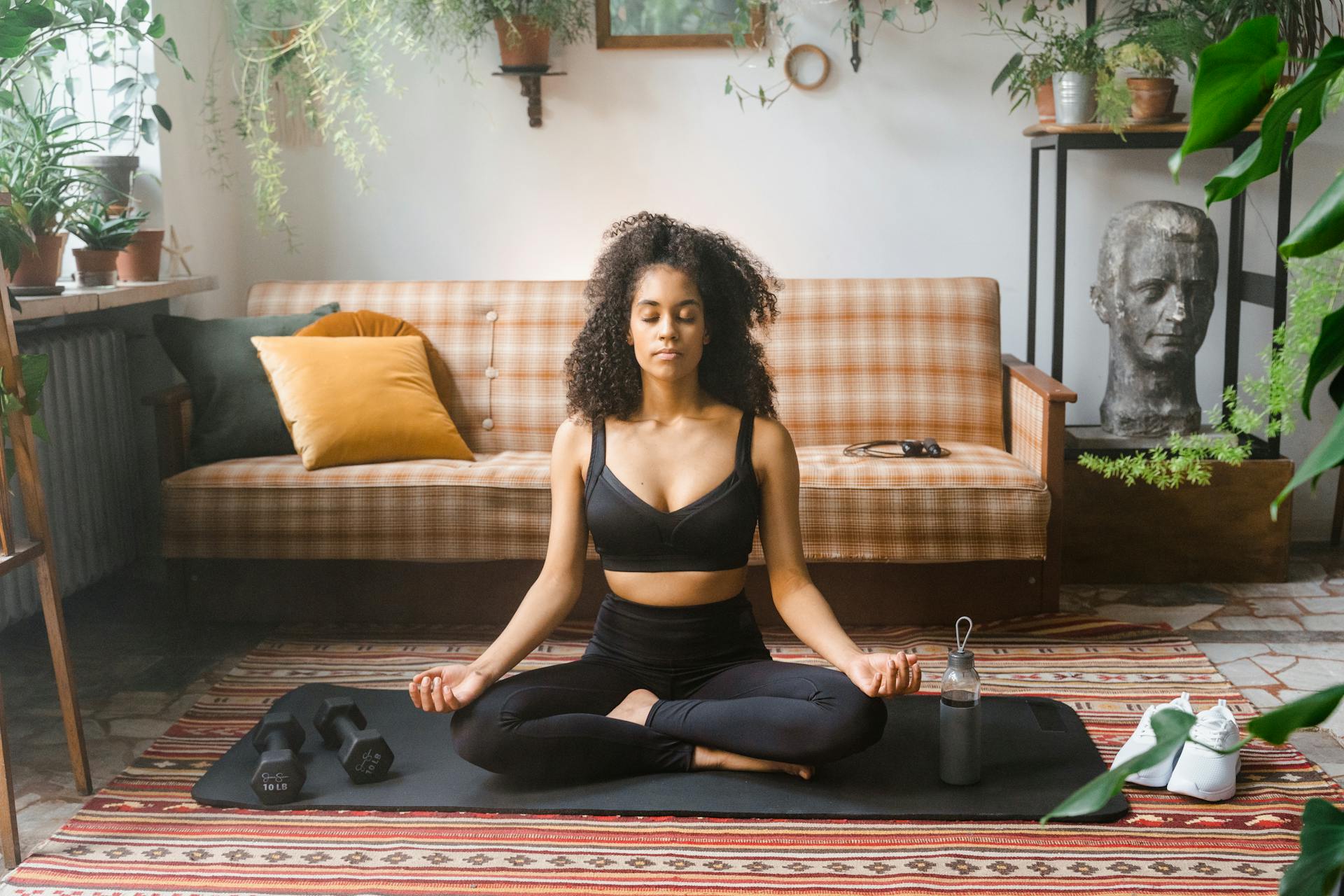The Benefits of Guided Meditation at Home
1. Reduces Stress and Anxiety
- Helps calm the nervous system and lowers cortisol (the stress hormone).
- Creates a sense of peace and control, even during busy days.
2. Improves Focus and Clarity
- Guided meditations train the mind to stay present.
- Helps reduce distractions and improve productivity.
3. Supports Better Sleep
- Evening meditations can ease racing thoughts and prepare the body for rest.
- Many people fall asleep faster and enjoy deeper, more restorative sleep.
4. Encourages Emotional Balance
- Provides space to process emotions in a calm, non-judgemental way.
- Builds resilience by teaching how to observe thoughts without being overwhelmed.
5. Accessible Anytime, Anywhere
- No need for a class, equipment, or special space.
- Apps, recordings, or even YouTube make it easy to fit into your daily routine.
6. Enhances Overall Wellbeing
- Consistent practice has been linked to improved immune function, lower blood pressure, and greater overall life satisfaction.
Guided meditation at home is like having a personal trainer for your mind — helping you build calm, clarity, and resilience, one session at a time.
How to Prepare Yourself for Guided Meditation at Home
1. Choose Your Space
- Find a quiet, comfortable spot where you won’t be disturbed.
- It doesn’t need to be perfect — a chair, cushion, or even your bed is fine.
- Dim the lights or light a candle if it helps set the mood.
2. Pick the Right Time
- Meditation is easier when it becomes a routine.
- Many people prefer:
- Morning – sets a calm, focused tone for the day.
- Evening – helps unwind before sleep.
3. Get Comfortable
- Sit upright but relaxed, either on a chair (feet flat on the floor) or on a cushion (cross-legged).
- Lying down is fine, but you may fall asleep if you’re too tired.
4. Minimise Distractions
- Silence notifications, put your phone on airplane mode if using an app.
- Let others in your household know you’ll be taking 10–20 minutes for yourself.
5. Choose Your Guide
- Decide if you’ll use:
- An app (like Calm, Headspace, Insight Timer).
- A YouTube or podcast recording.
- A script you read aloud or record yourself.
6. Set Your Intention
- Ask yourself: What do I want from this session?
- Stress relief?
- Better sleep?
- Emotional reset?
- A clear intention gives the practice focus.
7. Let Go of Expectations
- Meditation isn’t about “emptying your mind” or doing it perfectly.
- Just show up, listen, and allow the process to work.
- Find your space → Sit comfortably → Take 3 deep breaths → Press play → Just listen.


